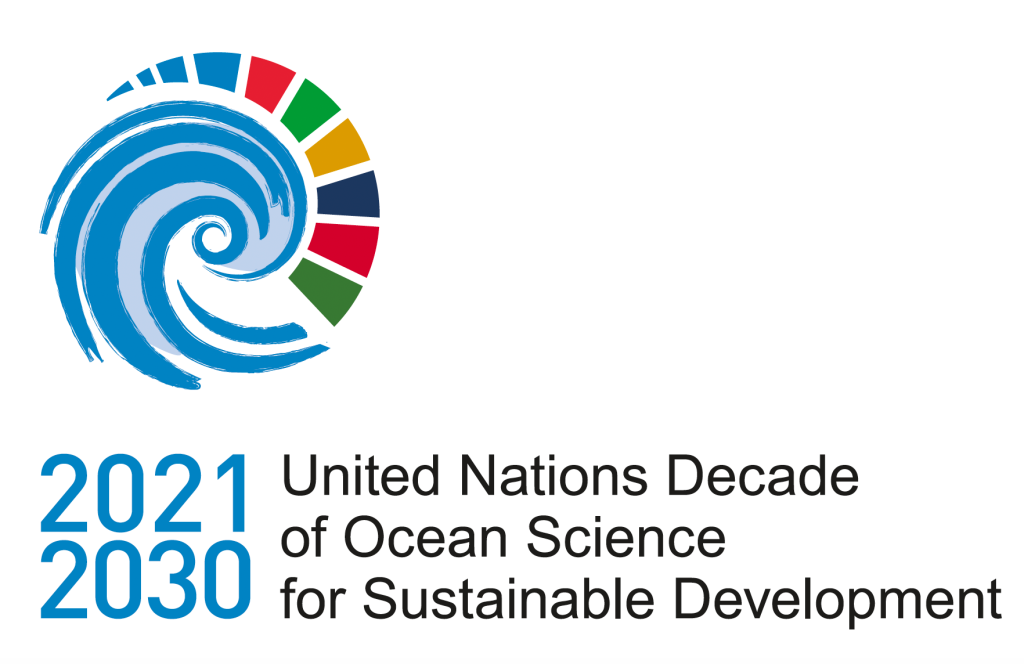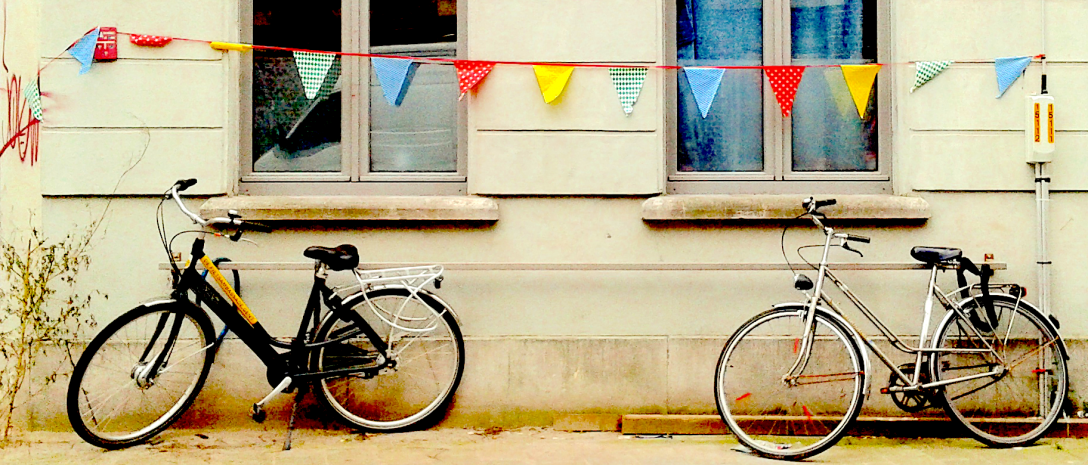[photo “Traffic cone under the sea” G.Lupinacci//Raw-News]
The edited book “Blue Kinships. An exploration of Society & the Ocean relationship” (provisional title) I am editing in collaboration with international scientists, activists and artists, under contract with Palgrave MacMillan – Geography Series (expected to be out in May 2025), has been endorsed as a Decade Activity by the UN Ocean Decade programme.
This is a follow-up initiative of the SeaPaCS Participatory Citizen Science against Marine Pollution project and linked to the newly established discussion group SAP&O.

The activity involves producing, publishing and disseminating the book, including artistic photographs and descriptions of other art for ocean initiatives. It includes contributions of key-note academics and professionals in marine studies and oceanic art and it is complemented by extraordinary and emotionally impactful images and a video documentary produced by the international independent media-agency Raw-News.
The book presents two sections and an interlude. The first session encompasses theoretical exploration ranging from cultural geography to transdisciplinary oceanic studies and post-modern philosophical thinking to reconsider the narrative, imaginary expedients and pragmatic conditions affecting the composition of marine life. The second section introduces field-based experimentations aimed at stimulating critical, embedded, and transformative forms of attachment to the sea via participatory, co-collaborative and post-humanist methods. The interlude presents a visual exploration via artistic photography of the multiple connections between the human, non-human and more-than-human aggregates with the ocean. Chapters(provisional) include:
1. Introduction. The sea, above all (Chiara Certomà, University of Turin); 2. The last space of freedom (Enrico Squarcina, University Milan Bicocca); 3. Harmonising Tides: Integrating Emotional Ecology and Ocean Governance (Pamela Buchan, Exeter University); 4. Trans-oceanic figurations: becoming-with the turbulent materiality in the Sea (Gabriella Palermo, University of Palermo); 5. “Staying with the problem” in the Ocean. On the plastisphere as hybrid ecological formation of the Chthlucene (Chiara Certomà, University of Turin); 6. A photographic exploration on the relationship between seagoing people, heterogeneous marine assemblages and the Ocean (Giuseppe Lupinacci, Raw News); 7. Building relationships and Networking for Marine Social Science (Emma McKinley, Cardiff University); 9. The power of music to deliver blue education and public engagement: the experience of Galway Atlantaquaria in Ireland (Maria Vittoria Marra, Galway Atlantaquaria); 10. Reterritorialize the seaside threshold and its geographical imagination (Nicolò Fenu e Paolo Giaccaria, University of Turin); 11. Behind the scenes of a collaborative process to make blue kinships visible (Ruth Brennan, Trinity College Dublin and Stephen Hurrel, Hurrel Visual Arts); 12. Citizen science as a tool to bridge the gap between society and the ocean (Sasha Woods, Eartwatch) + Complementary video “Blue Kinships. An exploration of Society & the Ocean relationship” (Federico Fornaro and Giuseppe Lupinacci, Raw-News).
The book identifies critical ocean knowledge by presenting the experience of different local contexts where participatory processes, merging science and art have been undertaken for ocean knowledge creation and sharing; contributes to the emergent movement of ideas and practices that are interpreting the sea as a conceptual and physical space for reconsidering our relationship with the complex, heterogeneous and mutable ecological systems of the Anthropocene; and, in consideration of the drastic and dramatic changes affecting our ocean’s health, is working toward a paradigm change in social consideration of the socio-cultural meaning of the ocean and connection with the sea.
The book chapters build upon case-based research in different Countries, involving diverse groups of actors and generations and are committed to promoting ocean literacy worldwide. It innovatively bridges various disciplines, including marine studies (planning, management, development), cultural and social geography, public governance, participatory practices and STS. Textual chapters with photographic ones, present artistic pictures not merely as a complement to text but rather as a way to present a reading and a narrative about the human and more-than-human society’s relationship with a changing ocean. Notably, the book is structured to provide readers with a circumstantiated critical and post-modern perspective on marine geography.


Leave a comment